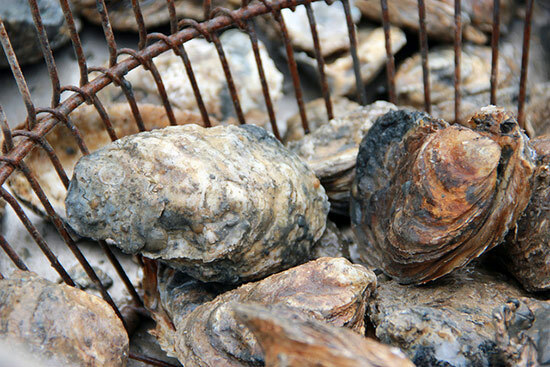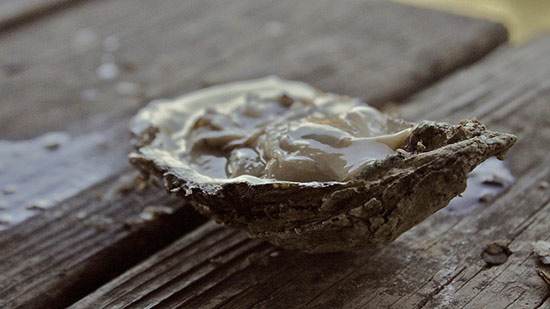Maryland’s oyster population reaches highest level since 1985
Survival rates are up and harvests have increased in portions of the Chesapeake Bay.
The amount of oysters in Maryland waters has continued to rise, according to the results of an annual survey conducted by the Maryland Department of Natural Resources (DNR).

While habitat loss, disease and historic over-harvesting have reduced Chesapeake Bay oyster populations to a fraction of historic levels, Maryland’s 2013 Fall Oyster Survey found that oyster abundance in state waters has reached its highest level since 1985. With the diseases Dermo and MSX remaining at below-average levels, oyster survival rate has risen to 92 percent. As a result, harvests have increased.
“Preliminary harvest reports for the past season have already surpassed 400,000 bushels—with a dockside value in excess of $13 million—the highest in at least 15 years,” said DNR Secretary Joe Gill in a media release. “Coupled with the survey results, we have reason to be cautiously optimistic a sustainable oyster population can once again play a vital role in the Bay’s ecosystem and Maryland’s economy.”

Image courtesy Terry Brock/Flickr
Maryland, in partnership with the National Oceanic and Atmospheric Administration’s Chesapeake Bay Office, the U.S. Army Corps of Engineers and the Oyster Recovery Partnership, is working to restore oyster reefs in three of its rivers as part of a federally mandated effort to restore oyster populations in a select number of Bay tributaries over the next decade. In February, the Chesapeake Bay Program’s Maryland Oyster Restoration Interagency Workgroup released a report on the state’s progress: reefs have been built and seeded on almost 190 acres in Harris Creek, and restoration plans have been drafted for the Little Choptank and Tred Avon rivers, targeting 400 acres and 193 acres, respectively. The report also notes a higher-than-expected survival rate for spat planted in Harris Creek in 2012 and 2013, likely due to the “ground-truthing” of reefs that ensured oyster seed was laid on the best available habitat.
From the Field: Rebuilding oyster reefs in Harris Creek, Md. from Chesapeake Bay Program on Vimeo.

Comments
There are no comments.
Thank you!
Your comment has been received. Before it can be published, the comment will be reviewed by our team to ensure it adheres with our rules of engagement.
Back to recent stories